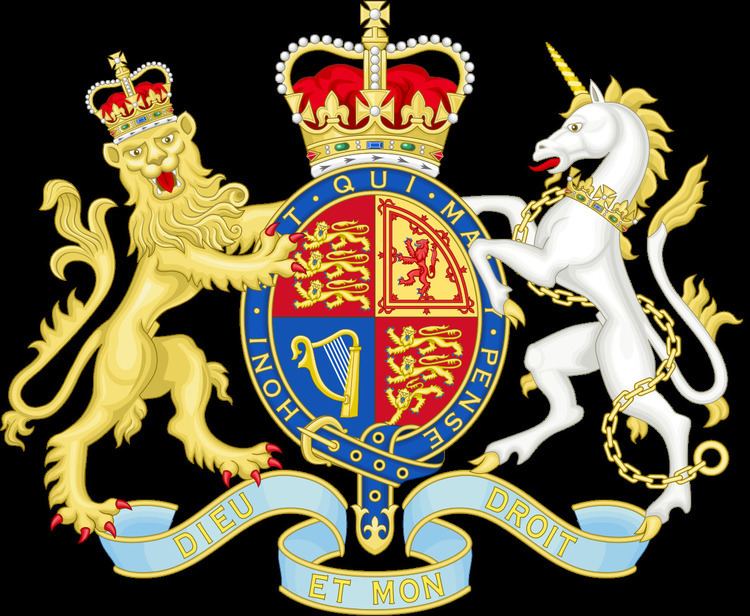Style The Right Honourable | Residence 10 Downing Street | |
 | ||
Appointer Elizabeth II of the United Kingdomas Sovereign Term length No statutory limit; by established convention, the position is held by the Prime Minister of the United Kingdom who is by further convention the leader of the party victorious in the general election, which is required at least every five years. Inaugural holder Nigel (Lord High Treasurer)The Earl of Northampton (initial First Lord of the Commission)The Earl of Halifax (commission became permanent) Formation 1126 (Lord High Treasurer)1612 (First Lord of the Commission of the Treasury)1714 (commission has been permanent since the resignation of the Duke of Shrewsbury) | ||
The First Lord of the Treasury is the head of the commission exercising the ancient office of Lord High Treasurer in the United Kingdom, and is now always also the Prime Minister. This office is not equivalent to the usual position of the "Treasurer" in other governments; the closer equivalent of a Treasurer in the United Kingdom is the Chancellor of the Exchequer, who is the Second Lord of the Treasury.
Contents
Lords of the Treasury
As of the beginning of the 17th century, the running of the Treasury was frequently entrusted to a commission, rather than to a single individual. As of 1714, it has permanently been in commission. The commissioners have always since that date been referred to as Lords Commissioners of the Treasury, and adopted ordinal numbers to describe their seniority. Eventually in the middle of the same century, the First Lord of the Treasury came to be seen as the natural head of the overall ministry running the country, and, as of the time of Robert Walpole (Whig), began to be known, unofficially, as the Prime Minister. The term Prime Minister was initially, but decreasingly, used as a term of derogation: it was first used officially in a royal warrant only in 1905. William Pitt the Younger once opined that the Prime Minister "ought to be the person at the head of the finances."
Prior to 1827 the First Lord of the Treasury also held the office of Chancellor of the Exchequer unless he was a peer and thus barred from that office; in this case, the Second Lord of the Treasury usually served as Chancellor. As of 1827, the Chancellor of the Exchequer has always been Second Lord of the Treasury when he was not also Prime Minister. By convention, the other Lords Commissioners of the Treasury are also Government Whips in the House of Commons.
Official residence
10 Downing Street is the official residence of the First Lord of the Treasury, and not of the Prime Minister. The only official prime ministerial residence is Chequers, a country house in Buckinghamshire used as a weekend and holiday home. As all modern prime ministers have simultaneously been First Lord of the Treasury and Prime Minister, 10 Downing Street has come to be identified closely with the prime minister.
List of First Lords of the Treasury, 1714–1905
Much of this list overlaps with the list of Prime Ministers of the United Kingdom, but there are some notable differences, principally concerning the Marquess of Salisbury, who was Prime Minister but not First Lord in 1885–86, 1887–92 and 1895–1902. Those First Lords who were simultaneously Prime Minister are indicated by the use of bold typeface; those First Lords who were considered Prime Minister only during part of their term are indicated by the use of bold italic typeface.
Thereafter the posts of First Lord of the Treasury and Prime Minister have continually been held by the same person; see the list of 20th century British prime ministers.
